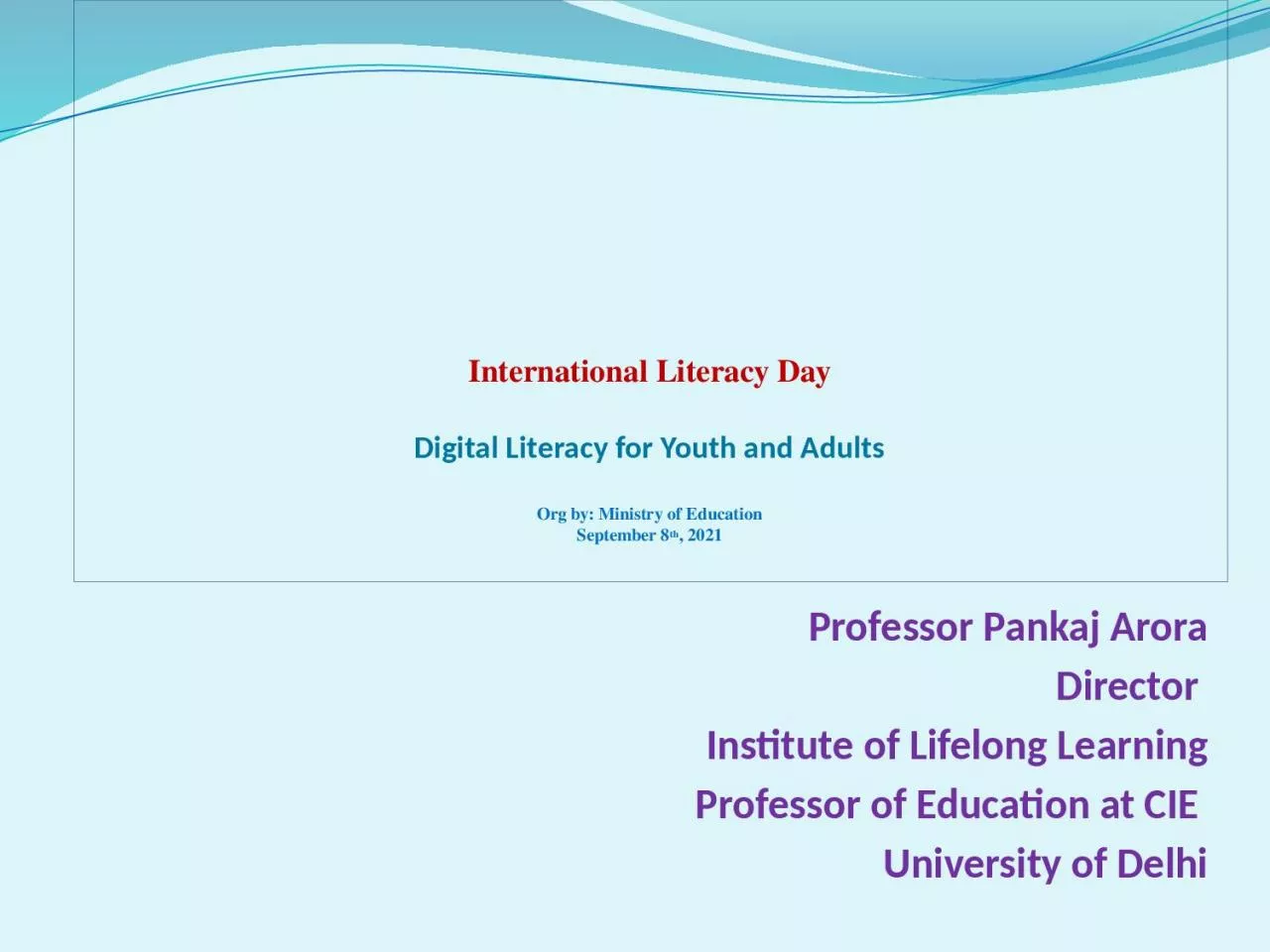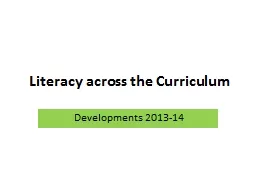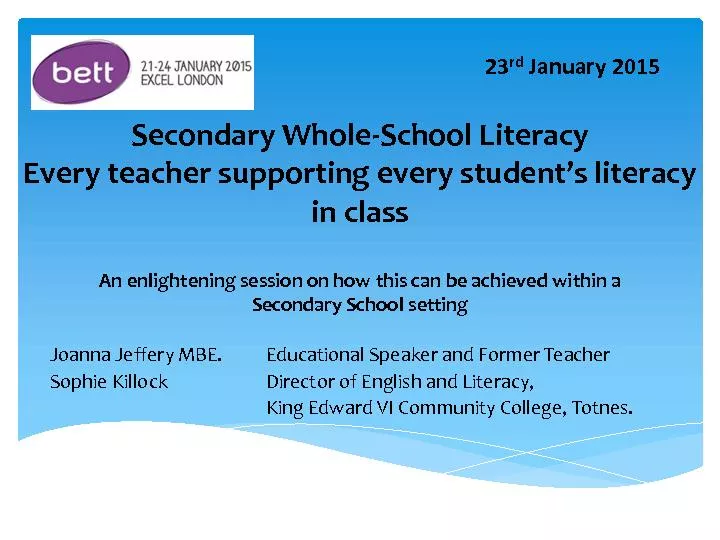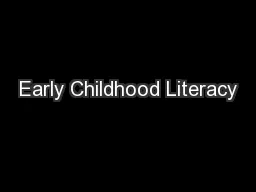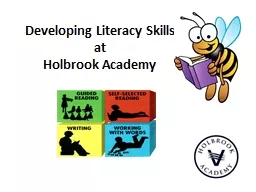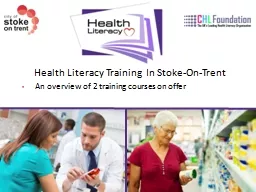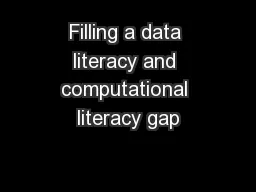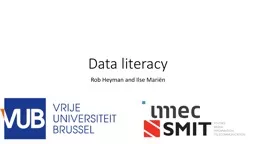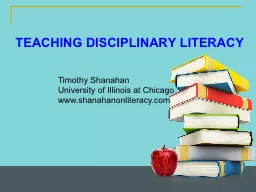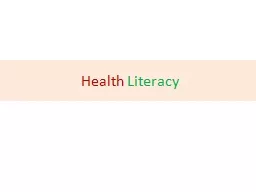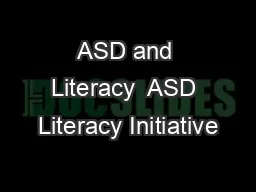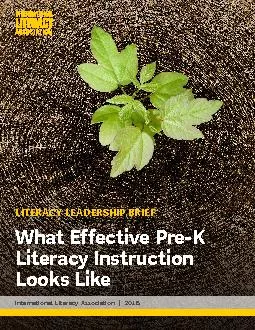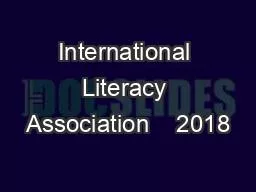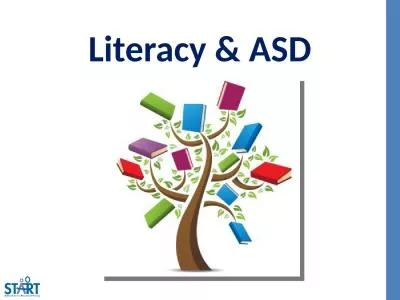PPT-International Literacy
Author : rosemary | Published Date : 2023-08-31
Day Digital Literacy for Youth and Adults Org by Ministry of Education September 8 th 2021 Professor Pankaj Arora Director Institute of Lifelong Learning Professor
Presentation Embed Code
Download Presentation
Download Presentation The PPT/PDF document "International Literacy" is the property of its rightful owner. Permission is granted to download and print the materials on this website for personal, non-commercial use only, and to display it on your personal computer provided you do not modify the materials and that you retain all copyright notices contained in the materials. By downloading content from our website, you accept the terms of this agreement.
International Literacy: Transcript
Download Rules Of Document
"International Literacy"The content belongs to its owner. You may download and print it for personal use, without modification, and keep all copyright notices. By downloading, you agree to these terms.
Related Documents

